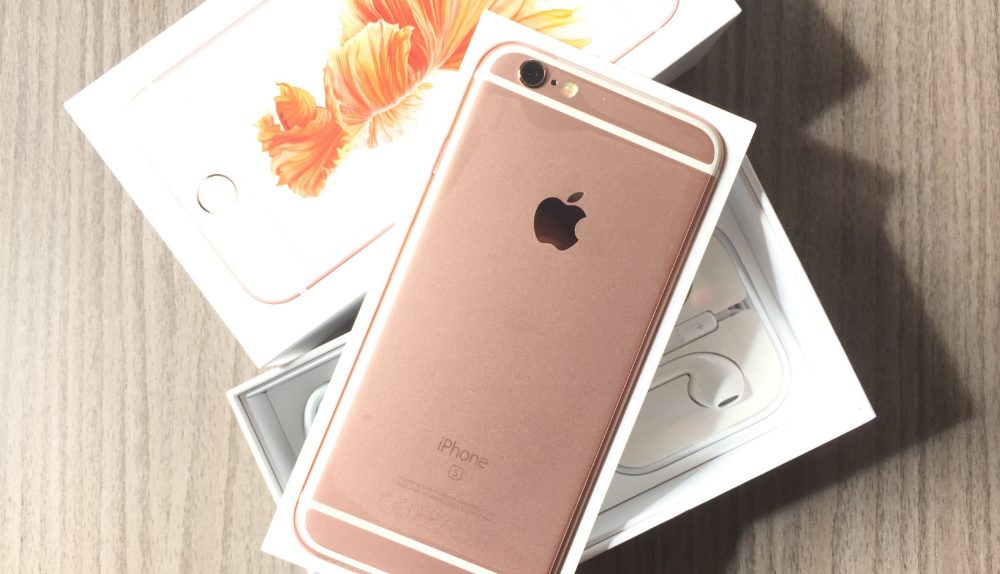How many times did you hear someone say that they’re not buying the “S” iPhone generation following a “non-S” release because it’s basically a slightly updated version of last year’s phone, which they already bought? How many times did you say that yourself?
If there’s one thing that Apple made clear this year with the iPhone 6s it’s that we’re looking at Apple’s best ever S update yet. In fact, we may have been wrong thinking that S generations have to be skipped. It’s the S generation of each iPhone you should consider.
DON’T MISS: Reminder: Get a year of Amazon Prime for just $67 today only
Sure, some people will want to buy on a new iPhone every year, especially since carriers and Apple programs now let you easily do that without instantly feeling the burden of the added expense.
But not all iPhone buyers want that. Some people only jump on Apple’s major iPhone updates, which arrive every two years. Apple’s iPhone 3/3G, 4, 5, and 6 brought design updates and significant new features, yet it’s the refined iPhone 3GS, 4S, 5S and 6S (including equally important new features) that might make more sense for buyers, at least retrospectively.
Let’s just consider the iPhone 6 launch and the inherent problems that followed it. In the first days, there was the Bendgate problem. Then, some users discovered their 64GB or 128GB models were plagued with a strange reboot storage issue. Similarly, a camera blur issue, that Apple acknowledged months later, affected others. On top of that, 16GB iPhone 6 buyers may have felt what it means to have limited memory thanks to the massive iOS 8 storage requirements.
These are just some examples of how a brand-new iPhone launch might disappoint you, especially after all the time you waited for Apple to update the design. Sure, Apple fixed the hardware problems that may have affected the iPhone 6 along the way without necessarily telling anyone about what it did, and came out with fixes in iOS 8 (and especially in iOS 9) to address software issues.
We could easily say the same thing about each of the other iPhone S models that corrected issues with predecessors while further improving the overall iPhone experience – check out this post to see the differences between the non-S iPhones and their successors.
Comparatively, the iPhone 6s builds on what the iPhone 6 has to offer, the difference being that Apple had time to further iron out component issues, streamline production, improve components and supply, and come out with a better version of the iPhone 6 from every aspect. There’s more durable metal, stronger glass, better hardware and a new operating system under the hood. It’s probably the iPhone we wished for last year. The iPhone 6s can only be seen as “boring” by some because it has the same design as the iPhone 6. But everything else is different, making it a much better proposition to buyers than last year’s phone.
Assuming Apple stays on the same iPhone naming pattern, next year’s iPhone 7 is probably going to introduce some sort of major new design lines that will transform it into an exciting new toy everyone will want. Yet, what history seems to teach us – if we’re paying any attention – is that it’s the iPhone 7s that will genuinely showcase Apple’s vision for the iPhone 7 family of devices.




